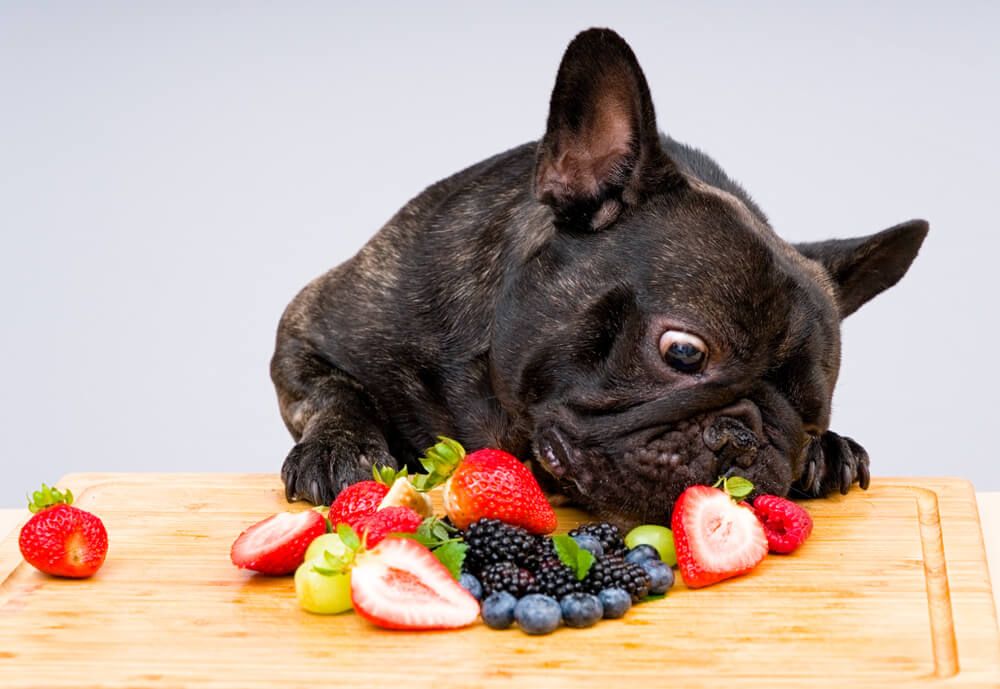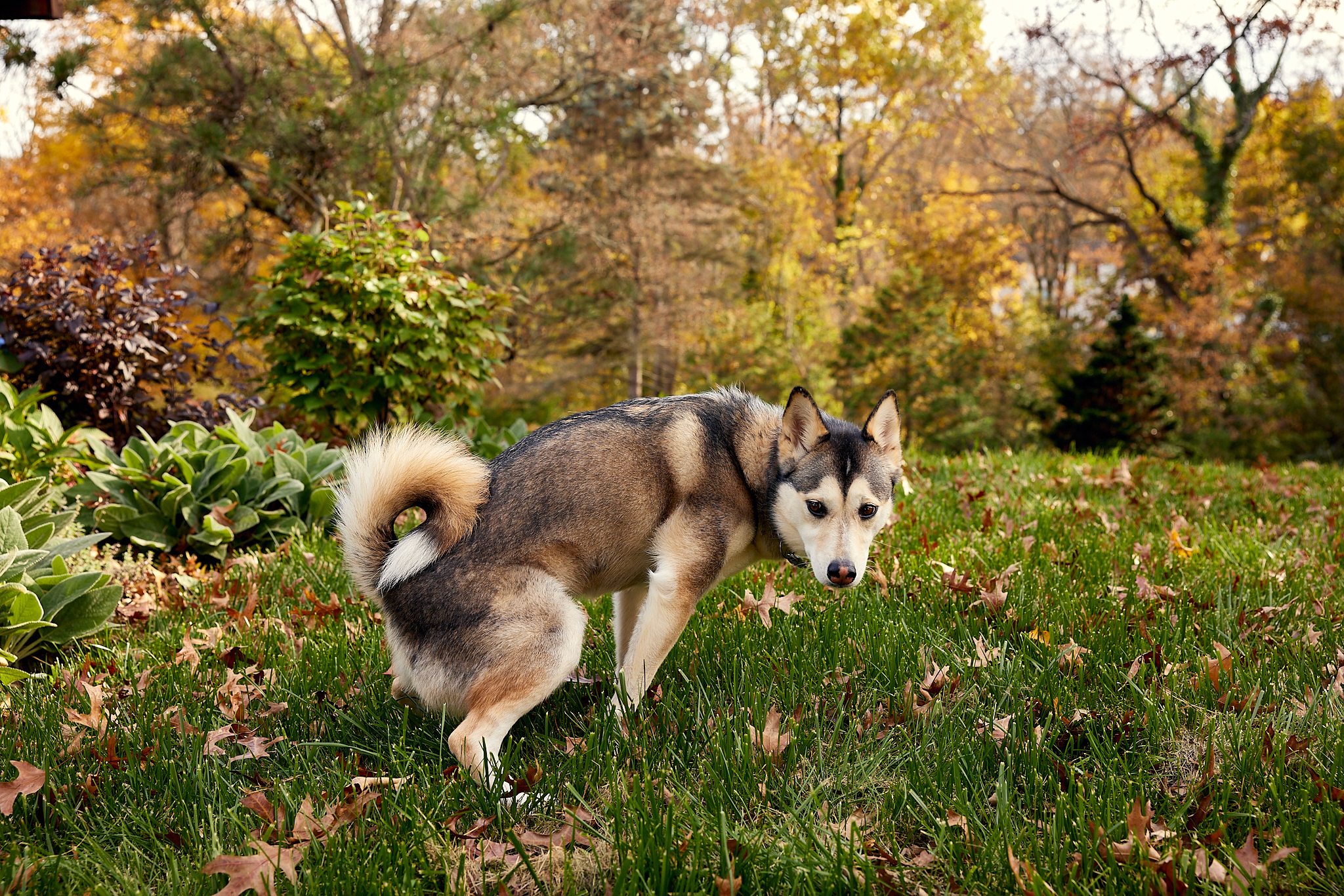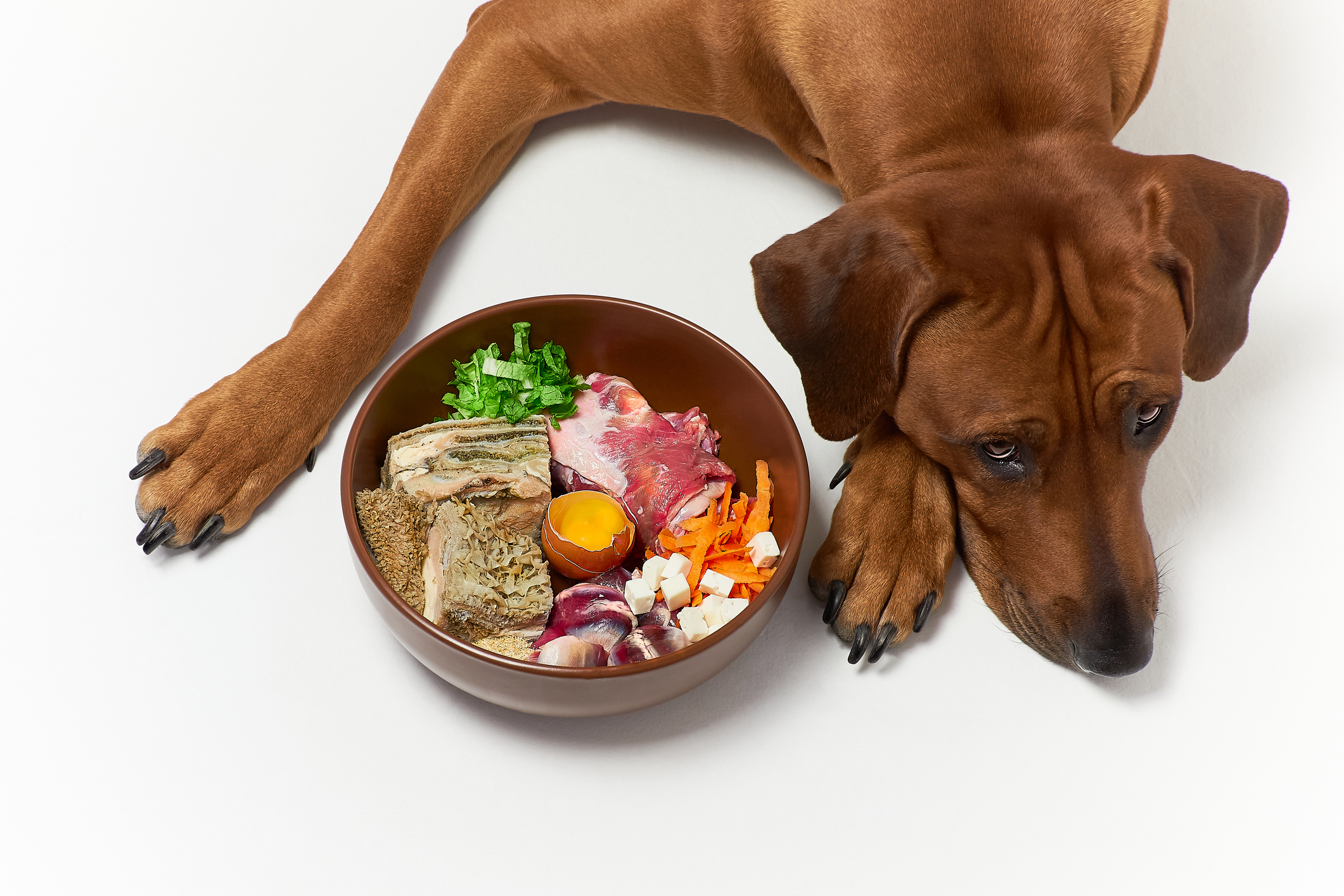Hey Ollie blog readers! We’re offering you an exclusive 60% OFF your starter box! Try now!
To help ensure your dog lives a long and happy life, you take every opportunity to boost their overall health, making simple daily changes such as adding fresh whole foods to their diet. When you understand what to add to dog kibble to make it more nutritious, you’re no longer feeding your pup’s appetite, you’re fueling their body for optimal wellness. If you’re ready to enhance your dog’s kibble, learn about 10 easy add-ins that are sure to make their mealtime more nutritious and delicious.

10 Foods to Add to Your Dog’s Kibble
Although discovering your dog will eat a food you haven’t offered them before can be an exciting adventure, remember to introduce each food individually and gradually over several days to prevent your pup from experiencing digestive upset or other negative reactions. When selecting a food to add to your dog’s kibble, remember these are meal additions, not replacements or substitutes. To prevent your dog from experiencing a nutrient imbalance, their meals should still be approximately 75% kibble. To determine which food to introduce to your pup first, consider these top 10 best foods to add to dog kibble.
1. Eggs
No matter how you prepare your dog’s eggs—scrambled, hard- or soft-boiled, or raw—they are an excellent protein source. Although raw eggs can be unsafe for people, dogs aren’t vulnerable to the same health risks. Because the cooking process robs eggs of some of their nutrients, raw eggs provide the greatest nutritional value. If you decide to serve your pup eggs, avoid adding salt, butter, or cheese. The extra fat and dairy can upset your dog’s digestive tract.
Best Food For Dogs With Sensitive Stomachs & Digestive Issues
2. Goat’s milk
Raw goat’s milk is beneficial for your dog’s gut health because it is easily digestible and generally well-tolerated, posing a lower allergic reaction risk. According to the Brindleberry Acres team, “Because raw goat’s milk has naturally occurring probiotics, it has all the benefits that probiotics offer in a very easy to absorb form.” As such, they recommend goat’s milk for dogs with digestive issues. To add raw goat’s milk to your pup’s kibble, simply pour it over the dry food the same way you add milk to your cereal. As a bonus, goat’s milk provides enhanced hydration.
3. Yogurt or kefir
Although goat’s milk is more digestible than cow’s milk, many dogs tolerate dairy products when they are gradually introduced and served in moderation. Adding some plain yogurt or kefir to your dog’s food can be a great way to enhance a meal’s nutrition, flavor, and digestibility. As fermented products, yogurt and kefir contain beneficial probiotics that support healthy digestion. Avoid fruit yogurts as they are loaded with sugar and artificial flavors, and skip the low-calorie products because they may be sweetened with xylitol, which is toxic to dogs.
How Much Food Should I Feed My Dog?
4. Bone broth
Made from chicken, beef, or fish bones, bone broth is an incredible elixir that elevates your dog’s kibble in several ways. Bone broth hydrates and softens your dog’s kibble, which is advantageous for senior dogs or those who have recently had surgery or a dental procedure. In addition, bone broth can make kibble more appealing to pups with a decreased appetite. A dog’s sense of smell plays a significant role in how they perceive their food. Warm broth poured over your pup’s dry kibble smells extra appetizing to a dog who hasn’t eaten, and may be enough to jump-start their appetite. Finally, bone broth is rich in minerals and nutrients, including collagen, which can help improve your dog’s overall health, especially their skin and joints.
5. Pumpkin puree
Pumpkin is rich in fiber and can help soothe your pup’s digestive system. Many dogs naturally enjoy the flavor, making pumpkin a pleasing addition to their bowl. If you aren’t roasting and pureeing your own pumpkins, ensure you purchase 100% pumpkin puree, not pumpkin pie filling. Pie filling is made with sugar and spices that are harmful to your dog’s digestive system. Remember, because pumpkin is high in fiber, introduce it to your dog gradually and in small quantities. Too much pumpkin can constipate your dog and cause them discomfort.
9 Easy Pumpkin Dog Treats Recipes You Can Make At Home
6. Fresh produce
Many dog-safe fruits and vegetables are available. We recommend experimenting to find out what your dog enjoys most. However, avoid toxic options such as grapes, garlic, onions, leeks, and apple seeds, and potential choking hazards such as corn cobs, apple cores, and stone fruit and avocado pits. Consider offering your dog these:
- Raw carrots or apples add flavor and crunch.
- Fresh berries offer sweetness and antioxidants.
- Cucumber and watermelon are great for boosting hydration.
- Steamed, roasted, or raw broccoli is extremely nutritious.
When you cook your pup’s vegetables, they are easy to digest, especially if your dog has a sensitive stomach. If your pup is hesitant to try veggie or fruit mix-ins with their kibble, try steaming, roasting, or pureeing these add-ins before serving.
7. Lean proteins
If you want to indulge your pup’s carnivorous side, add lean meat to their kibble. In addition to the classics (e.g., chicken, ground beef), lean proteins, such as salmon, duck breast, and lamb, are tasty and novel options. Ensure your dog’s meats are unseasoned, because many spice blends and rubs contain garlic and onion powder, which are toxic to dogs.
8. Organ meats
Organ meats, including kidney, liver, and heart, have enormous health benefits for dogs. These meats contain a long list of vitamins and minerals, including vitamin A, B vitamins, such as B1, B2, B6, folic acid, and vitamin B12, iron, phosphorus, copper, and magnesium.
Because these meats are extremely rich, you should introduce them to your dog gradually and only occasionally add them to your pup’s kibble bowl. If your dog seems unsure about the organ meat’s flavor, which can be gamey, or its unusual texture, try blending it with a familiar food, such as plain ground beef.
9. Sardines
Sardines provide taurine, an important amino acid for dogs. The FDA has been exploring a potential link between dilated cardiomyopathy and the taurine deficiency in certain dog foods. Sardines can be a great way to supplement your pup’s daily taurine intake. Sardines are also high in omega-3 fatty acids, which have numerous benefits, including skin, coat, and joint health.
10. Coconut or fish oil
While veterinary researchers continue to debate whether coconut oil is healthy for dogs, when served in moderation, this oil can be a healthy addition to your dog’s diet. The medium-chain triglycerides (MCTs) in coconut oil are a healthy fat source that can support your pup’s energy levels. Coconut oil also contains lauric acid, which is antibacterial, antiviral, and antifungal. Despite its benefits, coconut oil by itself does not provide your dog with sufficient omega-3 and omega-6 fatty acids. If your goal is to boost your pup’s omega fatty acid intake, fish oil is the best option.
Natural Ways to Heal Your Dog’s Dry Itchy Skin
Variety is the spice of life and it’s also a great way to elevate your pup’s nutrition and encourage a healthy appetite. Consider adding these 10 healthy foods to your dog’s kibble to enhance their physical and emotional health.
What Nutrients May Be Missing From Your Dog’s Kibble?
Adding fresh foods to your dog’s bowl is simple. Because the cooking process diminishes kibble’s many nutrients, the mix-ins and toppers we have discussed here can have an enormous impact on your dog’s total health. Despite being advertised as complete and balanced, most overprocessed low-quality kibbles lack key benefits such as:
- Moisture — High heat zaps moisture from your dog’s food, and your pup may experience a continuous state of mild dehydration.
- Omega-3 fatty acids — The cooking process often diminishes beneficial fats, so manufacturers spray them on the kibble before packaging.
- Vitamins and minerals — Cooking also destroys kibble’s natural nutritional ingredients (e.g., meat proteins, grains, starches, vegetables, fruits), so manufacturers supplement their recipes with artificial (i.e., synthetic) vitamins and minerals.
- Enzymes — Naturally occurring enzymes help your dog’s body break down and digest their food. Unfortunately, these live proteins don’t survive the cooking process.
While we believe feeding your dog a complete fresh food diet, such as Ollie, is the best way to ensure they receive wholesome unadulterated nutrition, adding healthy foods to your pup’s kibble can be beneficial. In addition, introducing foods and seeing your dog’s enthusiasm for new flavors and textures can be fun!
Health Benefits of Fresh Food for Dogs
By replacing traditional kibble cooking methods (e.g., high heat, extrusion) with a gentle cooking process, fresh food diets, such as Ollie, preserve each ingredient’s naturally occurring nutrition. Gentle cooking ensures better flavor and enhanced nutrient bioavailability, so your pup’s digestive tract doesn’t have to work so hard to access much-needed nutrition, and their body does not have to grapple with synthetic vitamins and minerals. Fresh food’s additional health benefits for dogs include:
- Healthy weight — Fresh food diets improve satiety, meaning your dog will feel fuller while eating less. In addition when their food does not include empty fillers, your pup is more likely to lose weight.
- Vibrant skin and coat — Ingredients rich in omega-3 fatty acids support a healthy skin barrier, while highly-digestible proteins help fortify a luxurious coat.
- Better poops — Highly digestible ingredients lead to smaller, less-frequent, and often less smelly stools.
- Improved energy and mood — Like you, your dog feels better and has more energy when they enjoy a diet made with nutritious wholesome ingredients.
The Ollie blog is devoted to helping pet parents lead healthier lives with their pups. If you want to learn more about our fresh, human-grade food, check out MyOllie.com.
Tagged As:

The nutrition your dog needs,
the food they want.

Enjoying our articles? Subscribe our Newsletters and get new articles directly to your inbox
You might also like
3 July 2025
5 MINS READ
How Fresh Food Can Help Your Dog Have Perfect Poops
As a pup parent, you’re likely very familiar with your dog’s bathroom habits. While it may not be the most glamorous part of taking care of your pup, a dog’s stool can be one of the most dir…
by Ollie Pets
3 July 2025
5 MINS READ
Understanding the Risks of Raw Dog Food
When it comes to choosing the right diet for your dog, understanding the full picture is crucial for making an informed decision. In this article, we’ll dig deeper into what defines a raw diet, …
by Ollie Pets
3 July 2025
4 MINS READ
Understanding a Balanced Diet for Your Dog
As a dedicated pet parent, you want to provide the best for your dog, and that starts with their food bowl. We all understand the basics of a balanced diet for ourselves, but what does that look l…
by Ollie Pets







